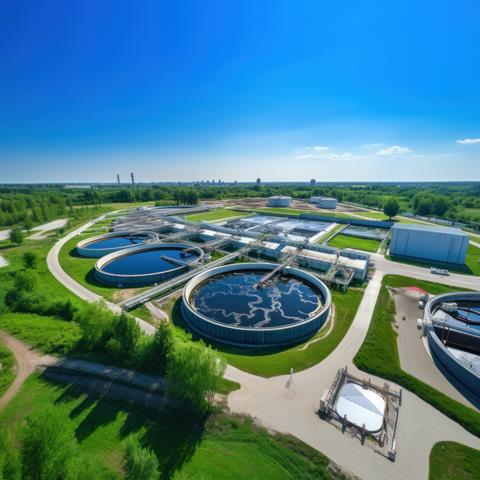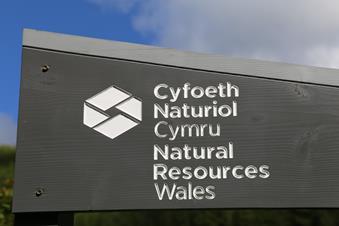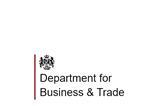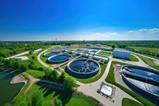The Chemical Industries Association (CIA) and the other UK Best Available Techniques (BAT) Tranche 1 impacted Trade Associations – UK Steel, the UK Fashion and Textile Association (UKFT), along with UK Petroleum Industry Association (PIA) – reviewed the recently published UK BAT Waste Gas Treatment outline draft document O1.
Introduction
The draft includes four new BAT requirements for the UK (Circular Economy, Climate Change Adaption, Climate Change Mitigation and Chemicals Management System). While we recognise the intent, we believe the proposed approach would detract from the desired outcomes set below and therefore request that these four new BAT requirements be removed from the UK Tranche 1 BAT conclusions, which Includes Textiles, Ferrous Metal Processing and Waste Gas Treatment in the Chemical Sector. This proposal is supported by all 4 of the named UK Trade Associations mentioned above.
Desired outcomes from UK BAT process
✓Align with existing requirements but avoid overloading and further delaying the permitting process with overlapping requirements already legislated elsewhere.
WHY: Other legislative processes already cover the four new BAT requirements. From the ongoing work on developing a standardised framework for Net Zero transition plans to a surfeit of existing legislative and reporting requirements, e.g. Sustainability Disclosure Requirements (SDR), Streamlined Energy and Carbon Reporting (SECR), Energy Savings Opportunity Scheme (ESOS), UK Emission Trading Scheme (ETS), COMAH, COSHH and UK REACH, the inclusion in UK permits in this way means that the multiplication of overlapping policies will only increase cost and complexity for both industry and Government, creating perverse incentives and ultimately undermining investment cases for new abatement measures in the UK. In addition, there is no minimum size/production threshold for chemical sites in WGC. Therefore, the new UK BATs are likely to bring into scope small and medium enterprises (SMEs), having a disproportionate effect on these. The existing legislation and reporting requirements, which overlap with the proposed BAT statements, do have threshold applicability limits, e.g. financial and employee thresholds for SECR, SDR, ESOS, GHG emission threshold for ETS, etc which prevents small organizations being disproportionally affected.
✓ Avoid BAT requirements that are subjective.
WHY: The applicability statements note that the detail will be determined by the nature, scale and complexity of the installation. This is very subjective, and without further guidance leaves installations unsure and concerned about how they will comply (i.e., there is no guidance to define what is acceptable for each BAT clause).
✓ Allow a company-wide environmental management approach for all installations in scope.
WHY: The requirements of the new BATs are more appropriate to be considered at a corporate level, driven more by global standards and global competition. Companies also tend to have a global procurement strategy for renewable energy, with climate mitigation plans prioritised by the highest risk sites globally. The new UK BAT proposes circular economy, climate and chemical management systems permitting for each installation; therefore, a company may have to complete multiple permits for sites with process units which are subject to multiple BREFs. Since decisions on management systems are usually taken at headquarter level, ensuring a common (auditable) system for the whole company. Such systems may include standards for various types of risk assessment, but in this regard, the ‘Overarching Management System Guidance’ as issued by the Environment Agency in August 2022 may prove useful for broad companywide assessment of climate change adaptation risks
✓ Promote transformation plans to be set at company level, not at the installation level.
WHY: Transformation towards climate neutrality is a strategic matter at a company corporate level. Most companies aggregate individual installations (industrial symbiosis) to ensure the best use of energy, raw materials and natural resources. Transformation plans should, therefore, not be required at the level of individual installations or process units but rather at the corporate level, which is aligned with SECR, SDR, UK ETS, etc
✓ Provide a flexible and efficient regulatory regime that fosters innovation and emerging “breakthrough” techniques to support net zero projects and UK competitiveness.
WHY: Including the four new BATs in all the different sector BAT conclusions, as they get reviewed, will result in requirements being in multiple documents. This means that if a change is required, all the different sector BATs will need updating. Keeping them separate, e.g. via signposting to more relevant or existing legislation, would avoid this administrative burden.
✓ Achieve best overall emission reduction performance at corporate level and optimise industrial site emission reduction programmes i.e. GHG emissions.
WHY: It is not clear what the benefit of these new BATs will be by having them in site level permits where there are no tangible outcomes defined
Summary
We are not seeking to have ‘less stringent’ standards applied. Instead, we are seeking to have those standards defined in ways which allows all UK companies to provide equally high levels of environmental protection while supporting the economic contribution that the chemical sector makes to the UK. We need industry in the UK to be competitive and this requires a regulatory process that is streamlined and efficient and avoids duplication of effort. We hope that the proposal presented in this paper is useful to support the new UK BAT legislation, and together we can generate requirements for the chemical and other industry sectors that are optimised based on environmental outcomes, the needs of business and in support of the UK long term vision – which is better and faster regulation.

CIA Best available technique 2023
We hope that the proposal presented in this paper is useful to support the new UK BAT legislation, and together we can generate requirements for the chemical and other industry sectors that are optimised based on environmental outcomes, the needs of business and in support of the UK long term vision – which is better and faster regulation
DOWNLOAD




















